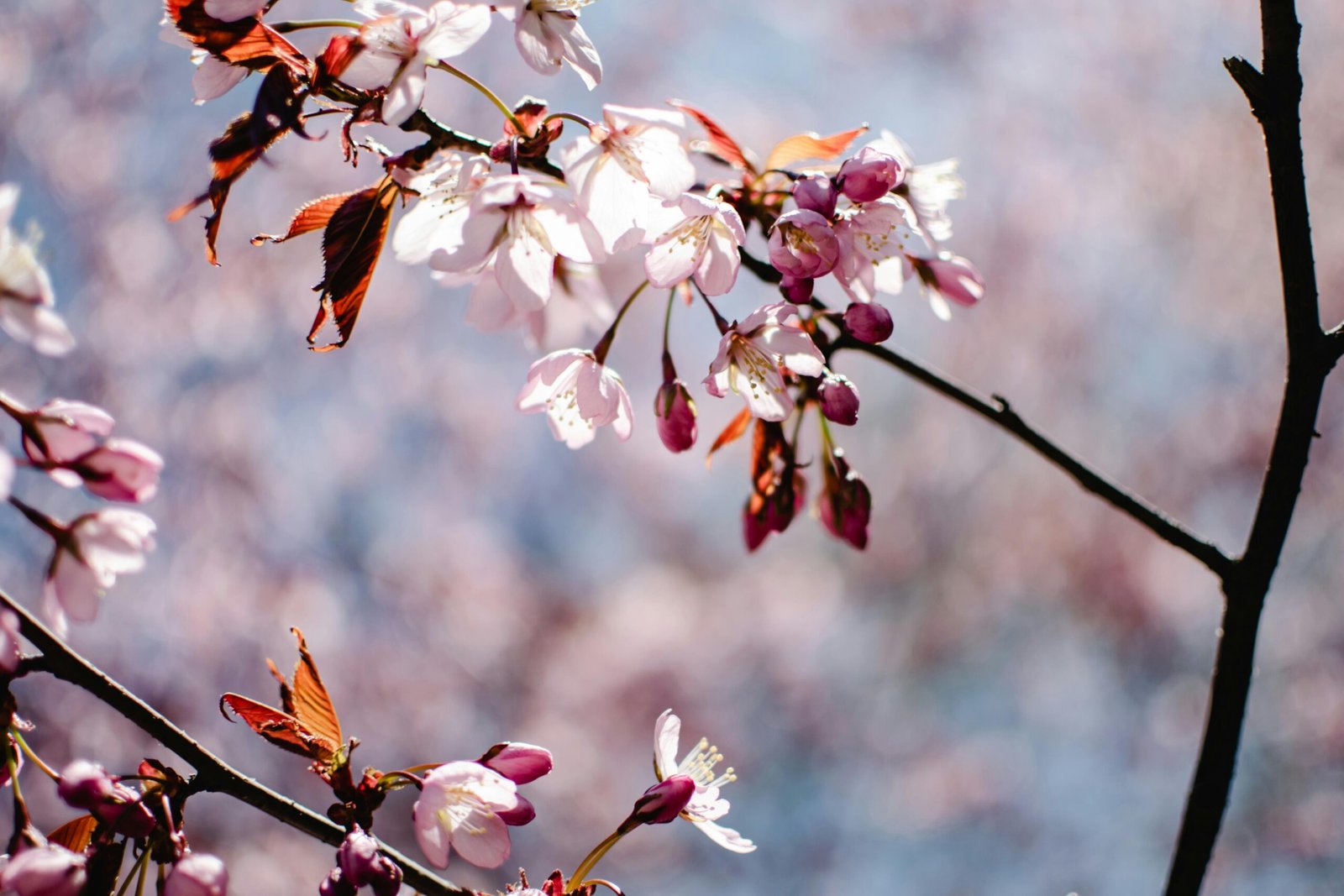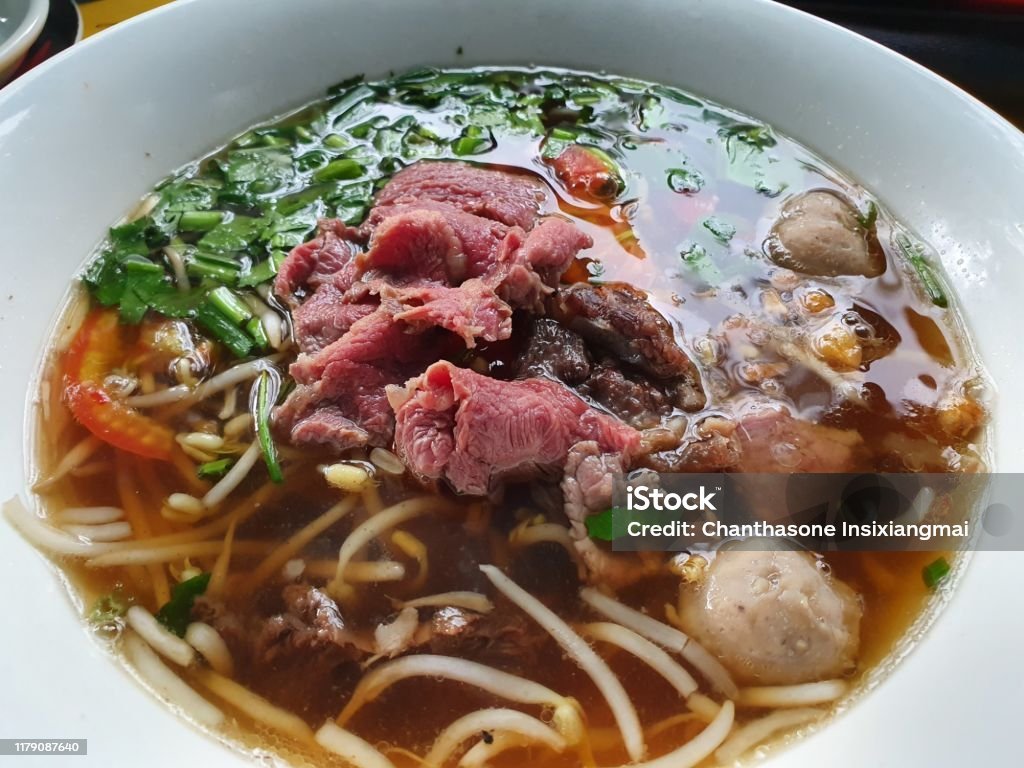
Every spring, Japan comes alive with the stunning sight of cherry blossoms, known as “sakura (桜).” This seasonal phenomenon, called Hanami, holds a special place in Japanese culture. Hanami (花見), which means “flower viewing,” is the practice of gathering to appreciate the transient beauty of cherry blossoms. This tradition dates back over a thousand years and continues to be a significant part of Japanese life.

The origins of Hanami can be traced to the Heian period (794-1185). During this era, the Japanese imperial court first began celebrating the blooming of cherry and plum blossoms. Initially, Hanami was reserved for the elite, who would gather under the flowering trees to write poetry and enjoy food and sake. These gatherings were deeply tied to the concept of “mono no aware,” which means the awareness of the impermanence of things. This concept reflects a deep appreciation for the fleeting beauty of life, symbolized by the short-lived cherry blossoms.
As time passed, Hanami spread from the aristocracy to the common people. By the Edo period (1603-1868), it had become a nationwide event. Today, Hanami is celebrated by people of all ages and backgrounds. Families, friends, and colleagues gather in parks and gardens across Japan to enjoy picnics under the blooming cherry trees. These gatherings often include traditional foods like “bento” (boxed lunches) and “dango” (sweet rice dumplings), as well as sake and other beverages.

The Cultural Significance of Hanami: Beauty and Impermanence
Hanami is more than just a social event; it’s a time for reflection and appreciation of nature’s beauty. The cherry blossoms symbolize the transient nature of life, reminding people that life, like the blossoms, is short and should be cherished. This idea is deeply rooted in Japanese culture and is a central theme in many aspects of Japanese art, literature, and philosophy.
During Hanami, the atmosphere is lively and festive, yet also contemplative. People take time to reflect on their lives, their relationships, and their connection to nature. The act of gathering under the cherry trees serves as a reminder to live in the moment and appreciate the beauty around us. In this way, Hanami embodies the Japanese philosophy of “wabi-sabi,” which finds beauty in imperfection and impermanence.

Hanami in Modern Japan: Tradition Meets Technology
In contemporary Japan, Hanami continues to thrive, with some modern twists. Technology has enhanced the way people experience Hanami. Social media platforms overflow with photos and videos of cherry blossoms, allowing people to share the beauty with the world. Additionally, there are apps that provide real-time updates on the best viewing spots and the peak blooming times, making it easier for people to plan their Hanami outings.
Despite these modern influences, the essence of Hanami remains unchanged. It is a time for people to come together, celebrate the arrival of spring, and find joy in the fleeting beauty of the cherry blossoms. Hanami is not just a celebration of nature; it’s a celebration of life itself, reminding us all to savor each moment as it comes.

Conclusion
Hanami is more than a tradition; it’s a reflection of the Japanese spirit. Through the centuries, this practice has evolved, yet it continues to resonate with people today. Whether under the ancient plum blossoms of the Heian period or the cherry trees of modern Tokyo, Hanami remains a beautiful and meaningful celebration of life’s fleeting moments.







